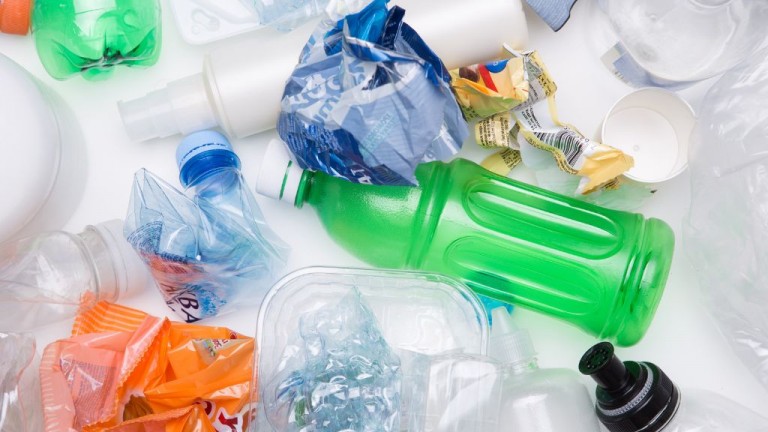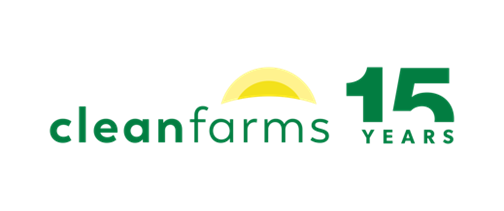
A possible global treaty on plastics, proposed by the United Nations in 2022, could be placed on hold. At this year’s Valencia Convention, BIR was warned that the plastics treaty might not be on the horizon.
The United Nations plastics treaty
Speaking at the plastics division plenary session Alev Somer, BIR trade and environment director, explained that the 2022 proposal would be subject to another round of talks, known as 5:2, in August this year. The aim of the planned treaty, she said, was to develop a legally binding instrument addressing plastic pollution. It would cover plastics for both single-use and long-term use and, within the proposals, the recycling of plastics was in sharp focus.
Somer explained, “Since 2022, we at the United Nations Intergovernmental Negotiating Committee have been discussing reaching the ultimate goal of a plastics treaty that would address the whole life cycle of plastics and actually perhaps support the recycling industry. This treaty would be addressing plastic pollution not only at land but also at sea.”
However, she warned, the waste part of the proposed treaty “is really dividing the negotiating committee into two groups with low ambition countries, oil-producing countries, pushing for it to be addressed only at the end of life so that they don’t have to do any changes in terms of their production and keep the light of the commitments with a voluntary agreement and high ambition countries pushing for the treaty to be legally binding and covering the entire life cycle of plastics”.
Policies for plastics recycling make headway in the U.S.
The plenary session panelists then discussed markets for recycled material after a presentation from Sally Houghton, executive director of the PET Recycling Corporation of California (USA) and Plastics Division board member, explained how new policies are being developed in the U.S.
She said that Extended Producer Responsibility (EPR) is being introduced as a new concept. “I refer specifically to EPR for plastic packaging. Currently, five states are exploring or have implemented EPR for packaging. So, it’s exciting times.”
However, Houghton remarked that there was no immediate encouragement for domestic U.S. plastics recyclers because of competition from imported material. She said, “The problem we’re seeing in California is we have such an influx of cheap post-consumer recycling (PCR) coming into the state.”
Challenges faced by U.S. plastics recyclers
The challenges faced by U.S. domestic recyclers were noted by Mr Alssema, who reflected that plastics recyclers were facing difficult times.
After reporting on factory closures in the Netherlands, he said: “Last year in Singapore, we already concluded that our industry was going through stormy weather, and we had hoped to see signs of recovery by now, but instead it seems the situation in our sector is even worse.”
Board member Max Craipeau, Greencore Resources Ltd (Hong Kong SAR China), said he felt that on EPR “the best is a push-pull mechanism with the minimum recycled content obligation because if brands have no other choice but to include a certain portion of recycled content in their product, then upstream, downstream, the collection, everything is reorganizing itself because the demand is there.
“The pricing becomes attractive, the investment becomes a reality, and this is definitely why the BIR should be pushing for more such legislation.”




